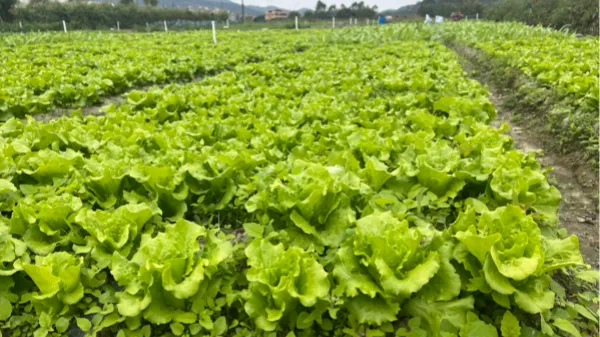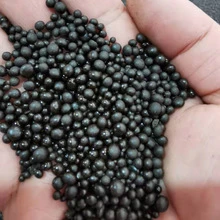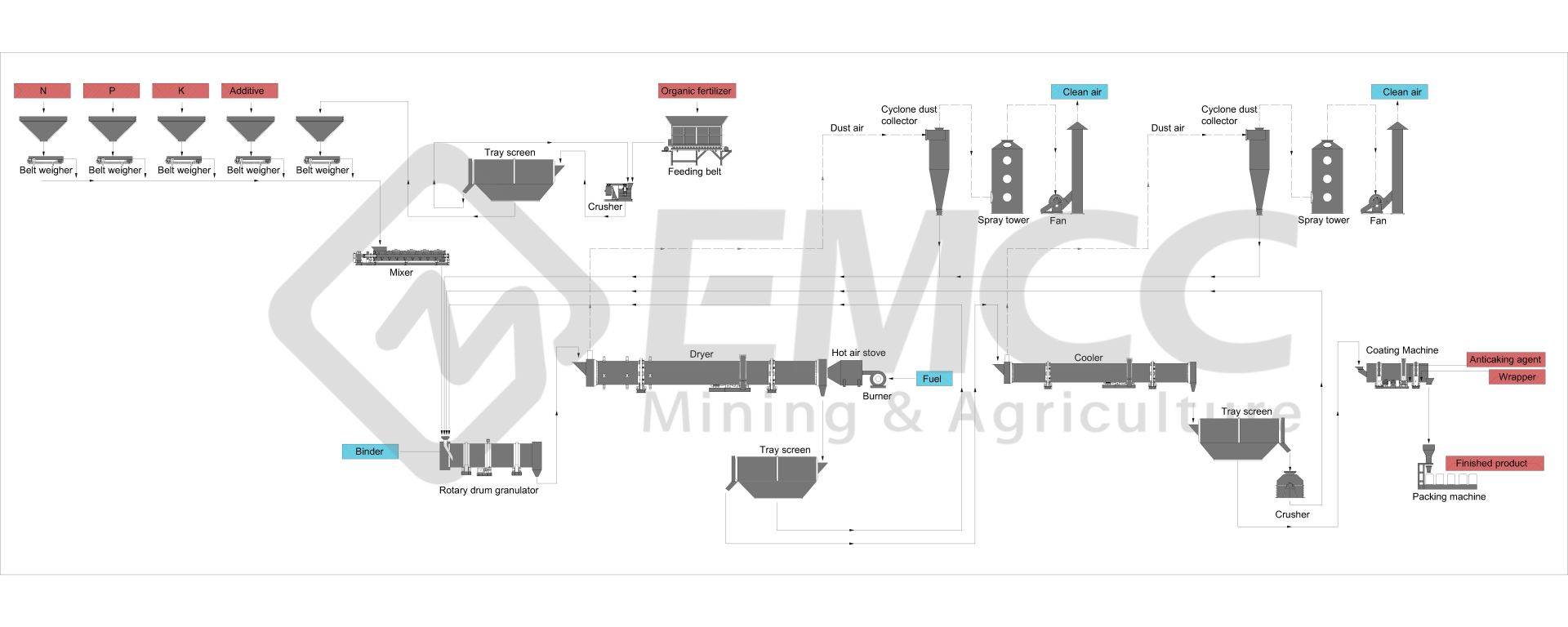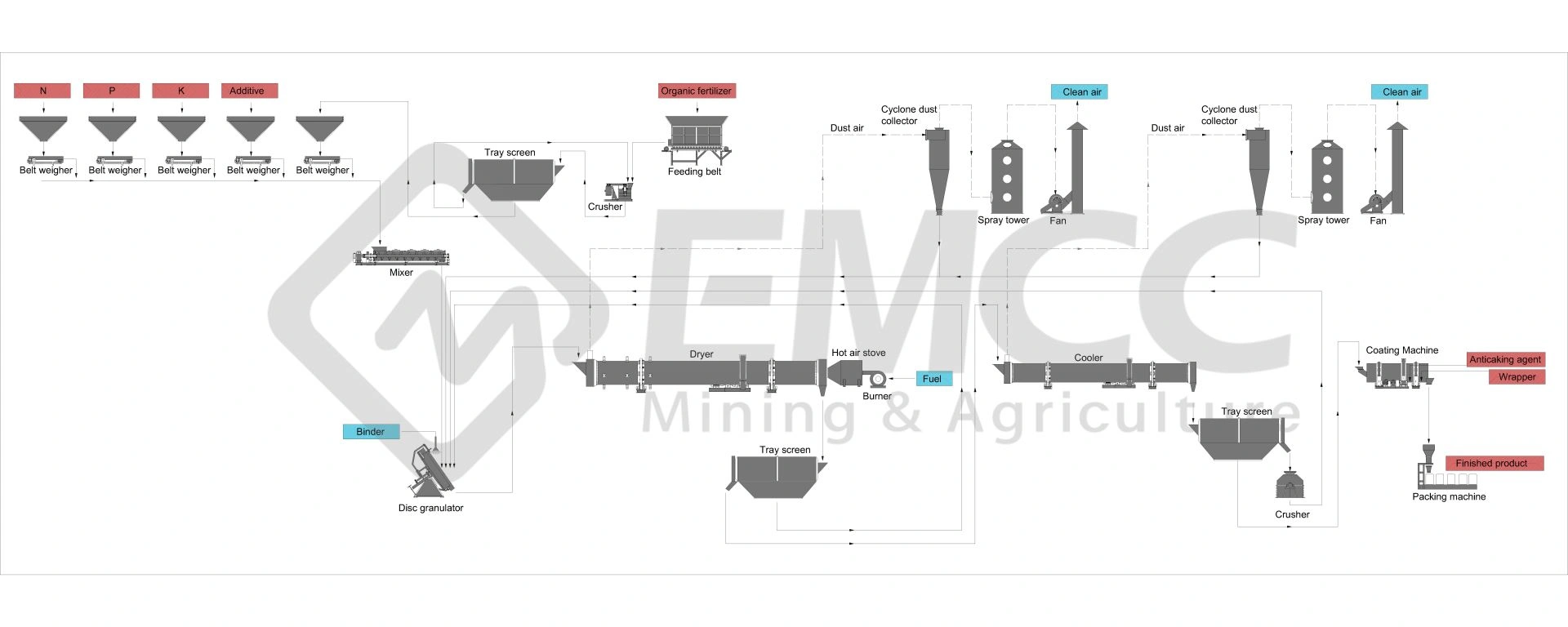Organic inorganic compound fertilizer
EMCC has been delivering custom process equipment, process development services, and service support to companies internationally for over 10 years.
ORGANIC INORGANIC COMPOUND FERTILIZER
Organic-inorganic compound fertilizer, also known as mixed organic and inorganic fertilizer, is a type of fertilizer that contains both organic matter and inorganic nutrients. It combines the advantages of organic and inorganic fertilizers, having the soil improvement function of organic fertilizers and the rapid nutrient provision characteristics of inorganic fertilizers.
THE PRODUCTION PROCESS OF ORGANIC-INORGANIC COMPOUND FERTILIZER GENERALLY INCLUDES THE FOLLOWING STEPS:
Selection of raw materials: Choose materials rich in organic matter (such as crop straw, livestock manure, etc.) and inorganic nutrients (such as nitrogen, phosphorus, potassium, etc.) as raw materials.
Pre-treatment: The organic materials are crushed, mixed, and moisture-adjusted to create a physical state and environment suitable for microbial growth and reproduction.
Fermentation: The pre-treated organic materials undergo fermentation to decompose the organic matter into a more stable and absorbable form.
Mixing: The fermented organic matter and inorganic nutrients are mixed to form an organic-inorganic compound fertilizer.
Screening and granulation: The mixed material is screened and granulated to form uniform particles for easy application and transportation.
Drying and cooling: The granulated fertilizer is dried and cooled to reduce its moisture content and improve storage stability.
Coating: Qualified granular finished products add conditioning agents, etc. or change the colour.
Packaging and storage: Finally, the dried and cooled organic-inorganic compound fertilizer is packaged and stored, waiting for transportation and sale.
When applying organic-inorganic compound fertilizer, the appropriate application rate and timing can be selected based on the crop’s needs and soil conditions to achieve the best fertilizer effect. By using organic-inorganic compound fertilizer, various nutrients required by crops can be provided simultaneously, soil structure can be improved, crop growth can be promoted, and crop yield and quality can be improved.
RESOURCES

Organic Fertilizers & Organic Production
The question “What is an organic fertilizer?” seems straightforward to

Organic and inorganic compound fertilizers lead the green revolution in modern agriculture
As the global call for sustainable agricultural development grows louder,


